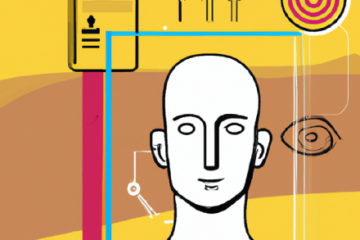Preparing for 2020: Times are changing, so is CX!
Preparing for 2020: Times are changing, so is CX!
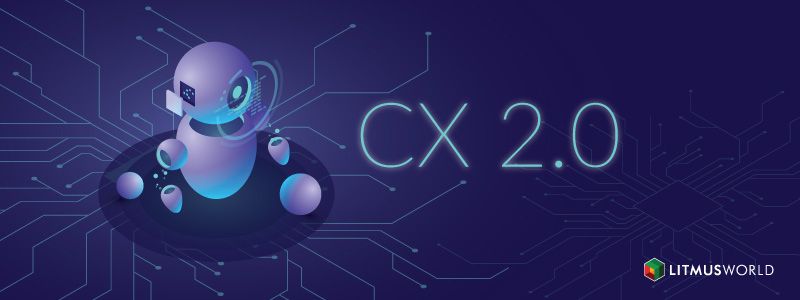
There is no denial of the fact that the biggest and the fastest growing trend is technology. Think about all the new technologies in the last 5 years that changed the customer experience. Now imagine the same change over the next 5 years. Scary isn’t it? By 2020, customers shall be armed with more technologies than you can imagine and will be demanding more from your organization’s customer experience.
While digital consumers are using digital channels for transactions, their decisions are also being influenced by digital disruptions. Customers today are overwhelmed with data and this creates a cognitive block in decision making. Organizations must understand that customers need to be catered with the right solutions to the right problems. Amazon and Wall Mart, despite their massive offerings, have managed to break this clutter through the targeted use of technologies.
So what can organizations do to create a winning customer experience in 2020?
Here are 5 avenues that will direct your CX initiatives
1. Internet Of Things
According to Gartner, 2020 is going to witness 20 billion ‘things’ connected to the Internet. These include general-purpose devices like phones, watches, and PCs as well as objects like vending machines, connected cars, jet engines, TVs, etc. As customers become more open to interact with all these internet-connected devices and machines, it gives organizations a huge opportunity for in-moment experience building.
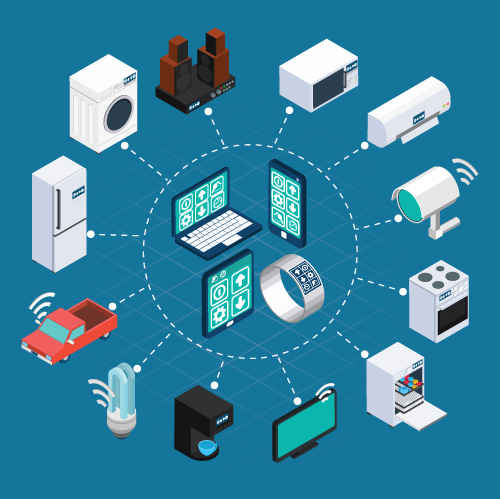
Organizations can utilize the insights extracted from big data analysis of all those connected devices to offer real-time, relevant and valuable customer experiences. IoT will assist organizations to create customized offerings by combining creativity, logic and data, and sync that with customer needs and brand goals.
While IoT opens avenues for serving customers in many more ways, it also increases the number of touchpoints to create a seamlessly unified customer experience. This further intensifies the touchpoint mapping and hence makes the customer journey mapping further complex.
2. AI as IA (Using Artificial Intelligence as Intelligent Assistants)
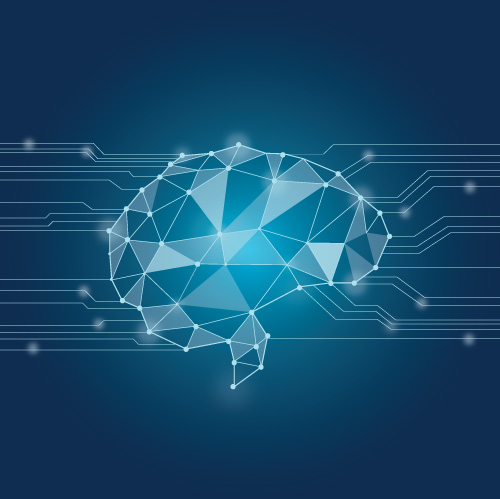
‘85% of consumer interactions will be non-human by 2020,’ declares Gartner.
AI-powered intelligent assistants with automated and self-learning platforms will play a major role in enhancing the customer experience. Chatbots and virtual agents are capable of creating personalized and contextual customer engagement while saving time and effort for live agents and increasing their productivity.
Sentiment Analysis – the next big thing in this space is going to enhance CX by gauging the real-time emotional reactions of a customer and ensuring apt support during the entire contextual conversation. 2020 will also see extensive commercialization of personal AI assistants like Amazon Alexa, Apple Siri, Google Assistant and Microsoft Cortana. They will go well beyond answering simple questions and following easy orders. Google’s Call-Screening capabilities clearly give a glimpse of what’s in store for the future.
3. Immersive Experiences
Taking a quick trip down memory lane, Cricket as an entertainment channel was once consumed through ears (radio) and then through eyes (TV and Smart Phones). In the coming years, immersive consumption will be the next big thing. Current technologies include Augmented Reality (AR), Virtual Reality (VR), 4-D coupled with AI and ML. 2020 will see the inclusion of these technologies in day-to-day customer interactions. From Product packaging to Product trials to create a virtual shopping experience can be some of the applications of Immersive experiences.
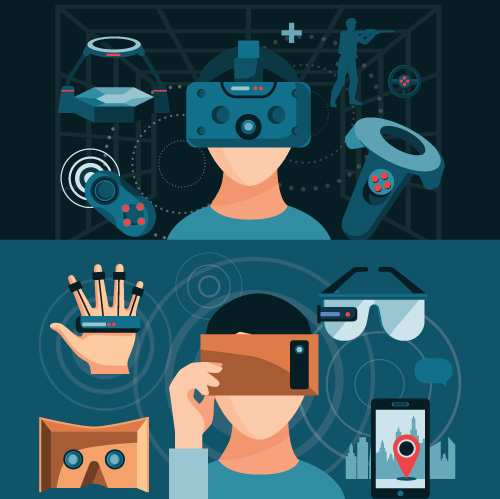
In CX 2020, organizations will need to foster an overall culture of ‘design thinking’ and harness technologies that enable capabilities of experience-led, proactive and zero-UI-driven solutions like Augmented Reality (AR) and Virtual Reality (VR). AR and VR technologies are going to dominate customer engagement in 2020 by creating an ‘other-worldly’ experience in which customers can almost touch, feel, hear and examine products along with their features. When innovations in animation using sound, video, and graphics, are combined with technologies like mobile devices, IoT, 3-D visuals, M2M, sensors, and VR/AR headsets – CX will be elevated to a whole new level of magical realism.
4. Hyper-Personalisation
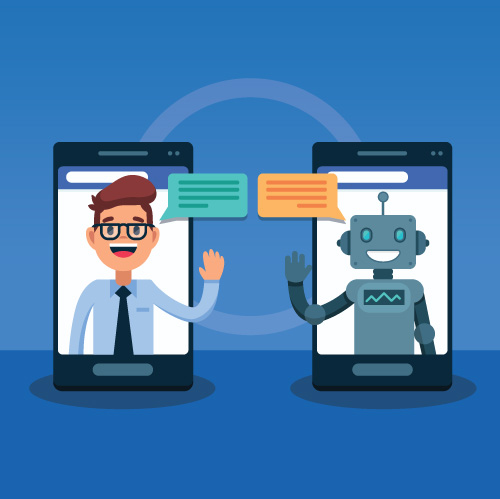
Contextualisation is important in creating a Hyper-Personalised customer experience. Gone are the days where just addressing the customers with their First names was enough to create personalization. The customer now wants the organizations to remember everything about him and expects a finely curated experience. The customer now expects a “Saga” specially created for him every time he shops. For the organization, he is just another shopper, but for the customer, it is a once in a lifetime kind of a scenario (which ideally should be the case, despite the number of transactions throughout the lifetime).
Not just the transaction experience but every interaction a customer has with the brand should be highly contextual irrespective of the channel of communication. By 2020, on a bare minimum, brands should be well equipped with the technological backing of interacting with customers through one medium and picking the conversations exactly where they left off through an alternate medium.
A singular and unified view of the customer and his journey across touchpoints and brand interactions is a must to create hyper-customised messages and interactions. Hyper-Personalisation is a by-product of customer centricity.
5. Instant Gratification
Today’s CX environment is largely driven by immediate actions: a fast feedback loop and instant gratification in the form of laser-fast delivery, reply to a query or question, discounts and offers served during transactions, along with robust buyer rewards. Keeping this trend in mind, retail giants like Reliance, Bata and Raymond are already adopting and investing in disruptive technologies that aim to save customers’ time, effort and money with quick responses and actions.
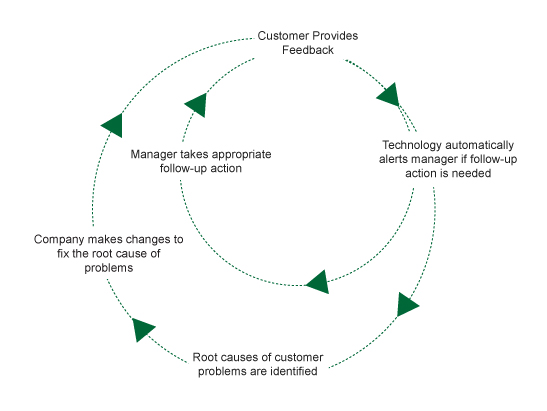
Some examples of meeting a customer’s requirements as fast as possible are same-day delivery and pickups, expedited shipping, chatbots, the sharing economy, self-service systems and expedited-delivery through drones. Companies are also embracing ideas like fast ‘no-questions-asked’ refunds to further heighten CX. The speed of execution could be a powerful differentiator for brands going forward.
“Customers will not tolerate companies that have amnesia when it comes to remembering them and their preferences for recognition,” – Gene Alvarez, Managing VP – Gartner
In Conclusion
2020 will be the “Phygital” era of company-consumer interactions. Digital players need to increase the physical element and Offline players need to increase the digital element of interaction.
So let’s start with designing the customer experience. There are various technologies available that will help organizations deliver the experience. Starting from IOT, AI, Mobile, Cloud, Social etc, Customer Experience is the new battleground & Technology is the new weapon that can enable new customer experiences.
A good way to start in the Customer Experience Journey is to proactively engage customers in conversations. That is what LitmusWorld helps you do. – accelerate your CX transformation journey. The Measure, Act & Improve framework not only enables you to understand your customers better using a single metric but also helps you respond to customers faster and continuously improve your Customer Experience by listening to your customers & co-creating new experiences with them.
Customers and brands will be closer to each other in 2020 than ever before. Thanks to modern technology, customers are able to give ‘instant feedback’, be involved set the right product expectations as they go. At the same time, IoT provides insights into the actual usage scenario. This will assist producers to improve the product.
Of course, looking at the future is reading the tea leaves in the bottom of the cup. One thing is absolutely certain though. Enterprises that know their customers best and map out the ‘customer adventure’ most effectively will prevail.

